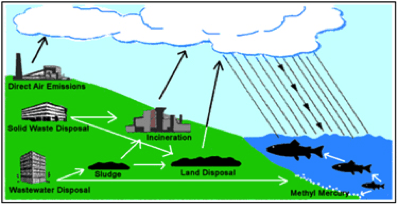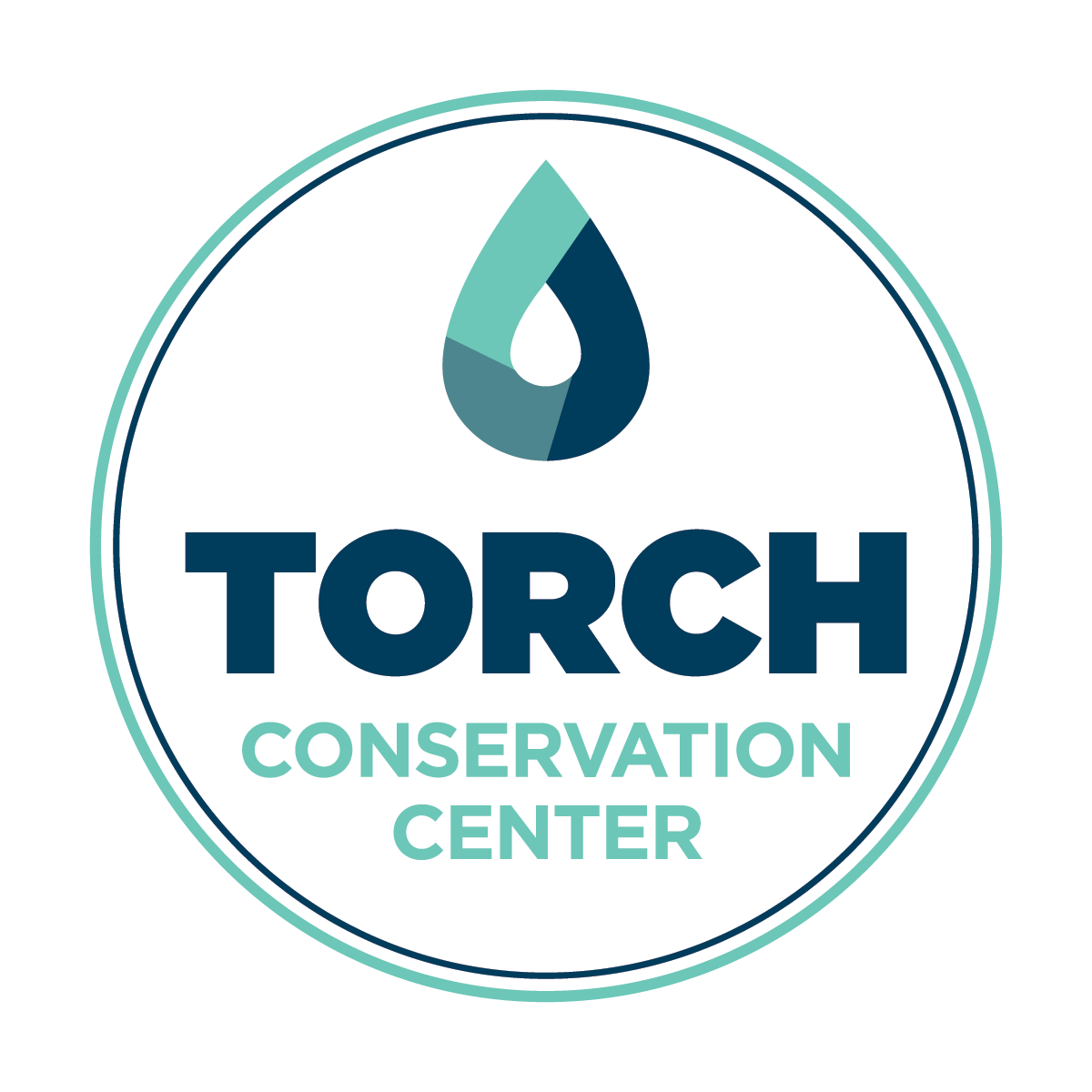
Toxins
Toxins can harm or kill living organisms.
Key Facts
- Pesticides, herbicides, oils, gas, grease and metals are all toxins.
- Two critical toxins found in Torch Lake fish are mercury and chlordane.
- The Michigan Department of Community Health has advised that we do not eat lake trout of any size from Torch Lake. This fish advisory is printed in the MDNR FIshing Regulations and available on the web.
Did you know?
- Hazardous chemicals can be ignitable, corrosive, reactive or toxic.
- Toxins can be by-products of chemical and industrial production. They are carried in the air or by stormwater into our streams and the lake.
- Toxins can be found in products used in your home or yard.
- Toxins enter our drinking water, our streams and the lake in different ways.
- They may be flushed down our drains and into the septic system, which can’t break them down.
- They may be placed in a trash bag and sent to a landfill, where they leak into the groundwater.
- They may be dumped onto a gravel driveway or in the yard, where they move through the soil into the groundwater.
Toxins of Concern in the Torch Lake Watershed
- Mercury comes from coal burning power plants and waste incinerators. It’s widely used in the pulp and paper industry, and the manufacturing of paint, electrical equipment, batteries, chlorine and caustic soda. Mercury is carried through the air and deposited in the water where it goes through a chemical change becoming methyl mercury. It accumulates in organisms through the food web and becomes concentrated in the fish we eat. This process is called bioaccumulation.
- Chlordane was used widely in pesticides for 30 years, but it is now limited to fire–ant control and electrical power transformers. For many years, it was carried by stormwater into our streams where it settled into the bottom sediments. It’s still being released slowly into our water. This will affect many generations of fish and people, because it can cause cancer in humans and is toxic to fish and wildlife.
- Dioxins are found in fungicides and herbicides. Dioxins are also generated by chlorine bleaching in pulp and paper manufacturing. They are also a by–product of the combustion of organic materials containing chlorine. Dioxins are persistent, bio-accumulate and cause cancer.
Bioaccumulation of Mercury

Show
You Care
We know you want to enjoy the lake for many years (and generations) to come. So, we’ve put together a list of simple steps you can take to reduce the nutrients, sediments and toxins flowing into the lake and its streams.
Dispose of hazardous waste properly.
Keep toxins out of the aquifer.
Gather automobile fluids, paint thinners, paint, varnish, pesticides, fluorescent light bulbs and batteries and other hazardous materials that contain toxins.
Call for a drop-off appointment time and take them to the Antrim County Hazardous Waste Days. Antrim Conservation District (231) 533-8363.
WATERpedia: the “One-Stop Shop” for Water Science A-Z
A-E
F-M
N-S
T-Z
Don't just wish that Torch Lake will stay blue.
Choose a water-friendly lifestyle - make a difference!
About
Social
Subscribe to TRUE BLUE News
Follow us on Facebook
Share a favorite photo with us on Instagram (#truebluetorch)
